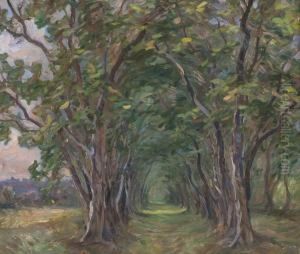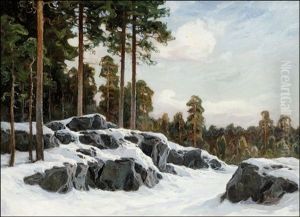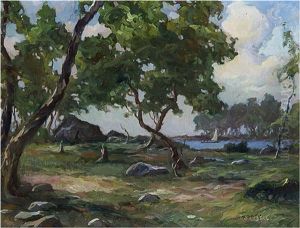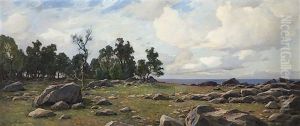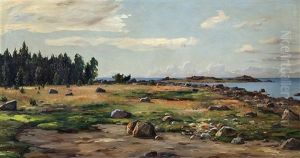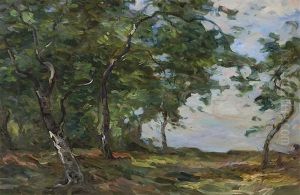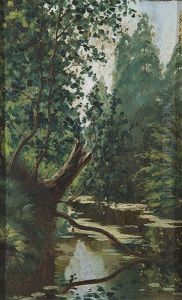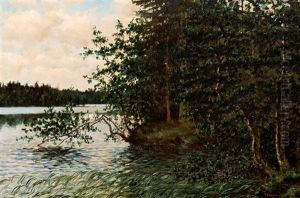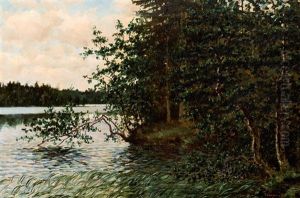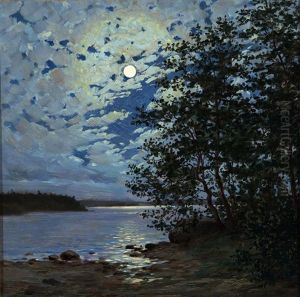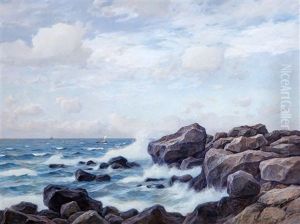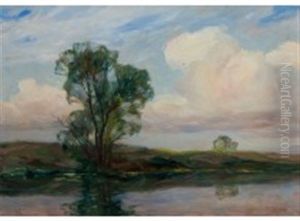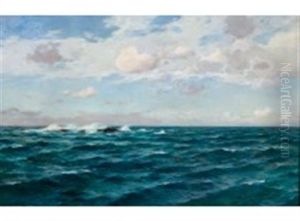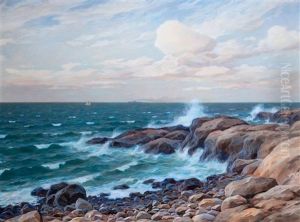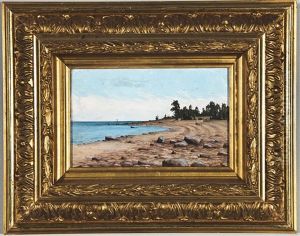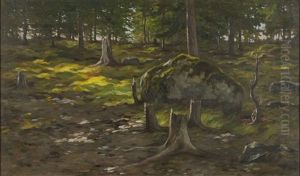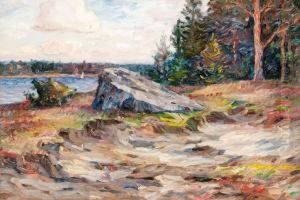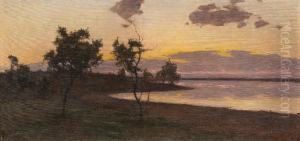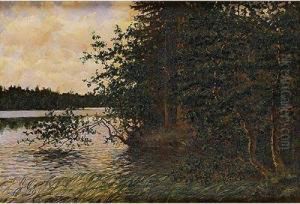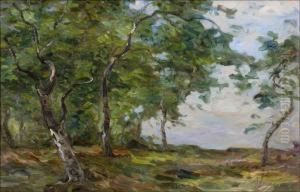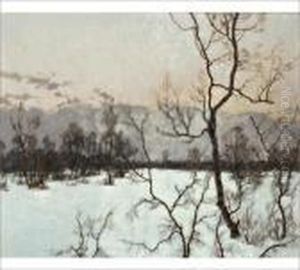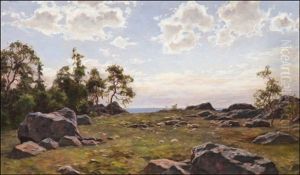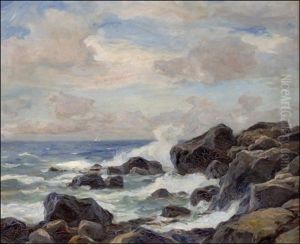Thure Sundell Paintings
Thure Sundell was a Swedish painter and printmaker known for his landscapes, portraits, and still lifes. Born on February 28, 1889, in the small town of Gävle in Sweden, Sundell developed an early interest in art. His birthplace, known for its rich cultural heritage and picturesque scenery, provided ample inspiration for his artistic pursuits. Sundell was part of a generation of Swedish artists who contributed to the vitality of the country’s art scene in the early 20th century.
He studied at the Royal Swedish Academy of Arts in Stockholm, where he honed his skills in various mediums. Following his formal education, Sundell embarked on a career as a professional artist. He worked primarily as a painter but also explored printmaking. His style was rooted in the Nordic tradition, characterized by a sensitivity to light and atmosphere, which is evident in his depictions of the Swedish landscape.
Over the years, Sundell participated in numerous exhibitions and his work was well received by critics and collectors alike. Like many artists of his time, Sundell also traveled extensively, drawing influence from different environments and artistic movements. However, his heart remained close to his Swedish roots, and those influences persisted throughout his body of work.
Thure Sundell’s contribution to Swedish art is marked by his dedication to capturing the essence of his natural surroundings and the people within it. His paintings often reflect a serene, contemplative quality, inviting viewers to engage with the scenes he portrayed. Sundell continued to paint and exhibit his work throughout his life, maintaining a reputation as a skilled and respected artist in Sweden.
Sundell passed away on July 30, 1973, leaving behind a legacy of artwork that continues to be appreciated for its craftsmanship and embodiment of Swedish culture. His works can be found in various Swedish museums and private collections, serving as a testament to his artistic achievements and the beauty he saw in the world around him.
